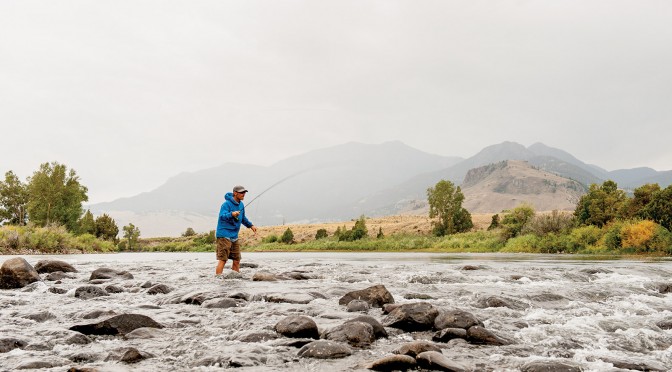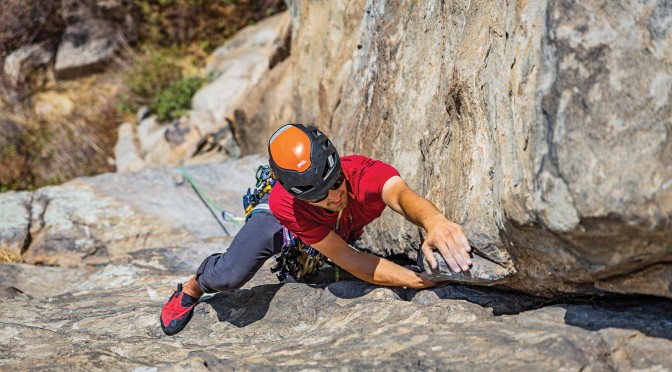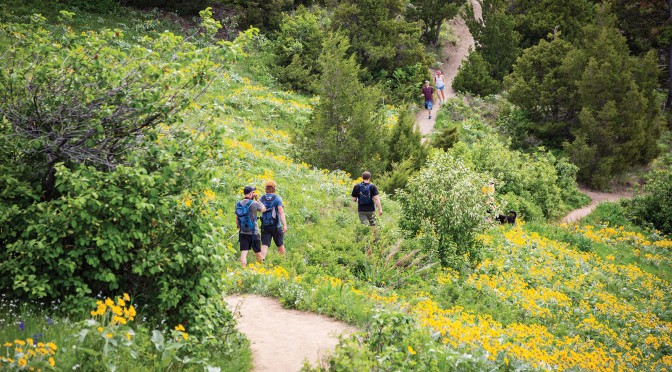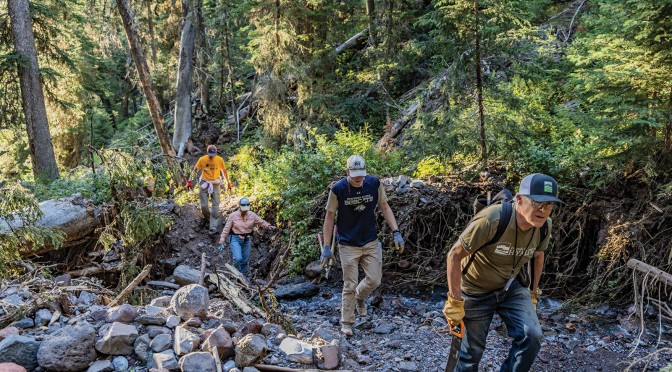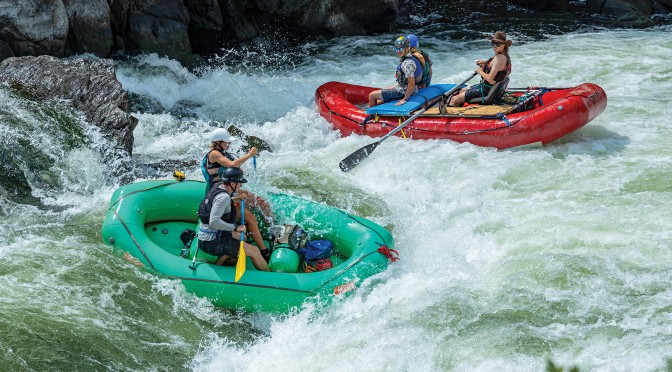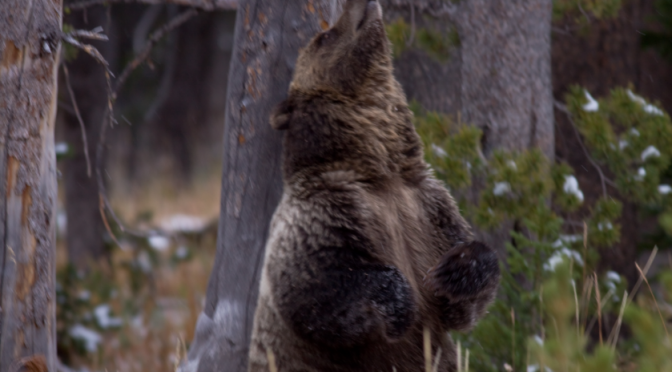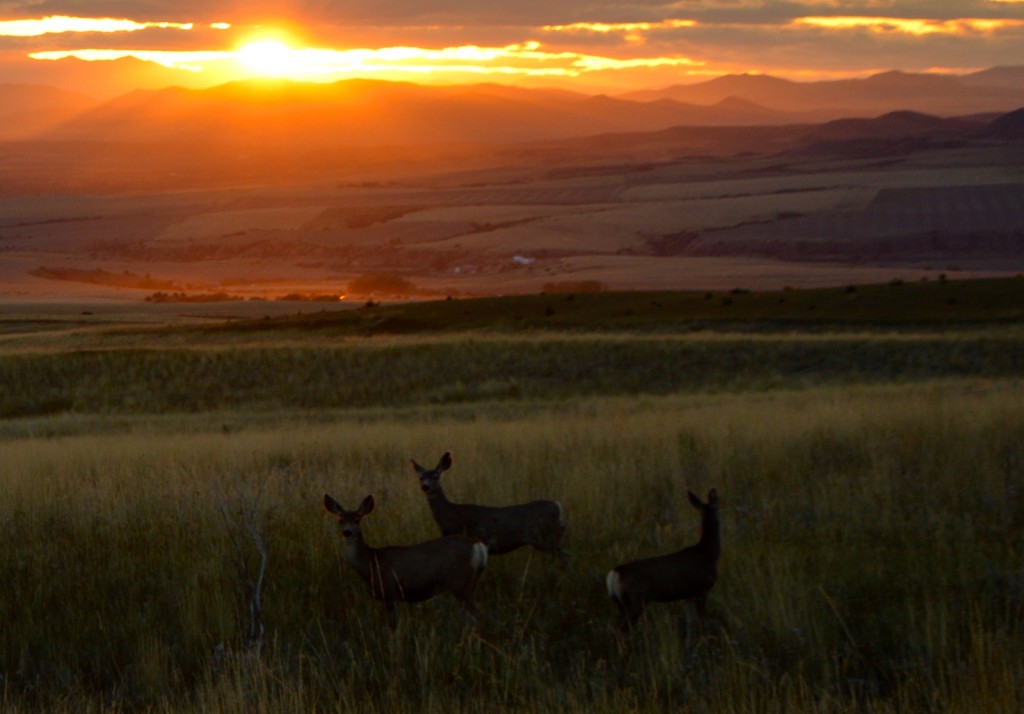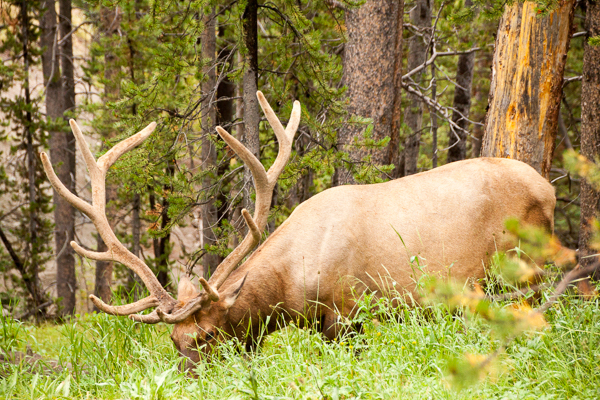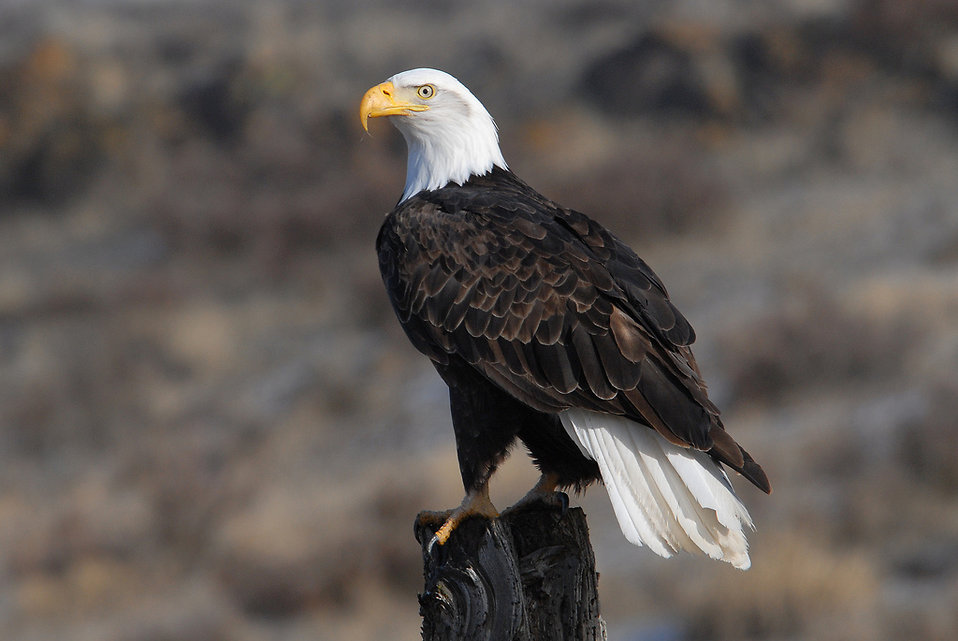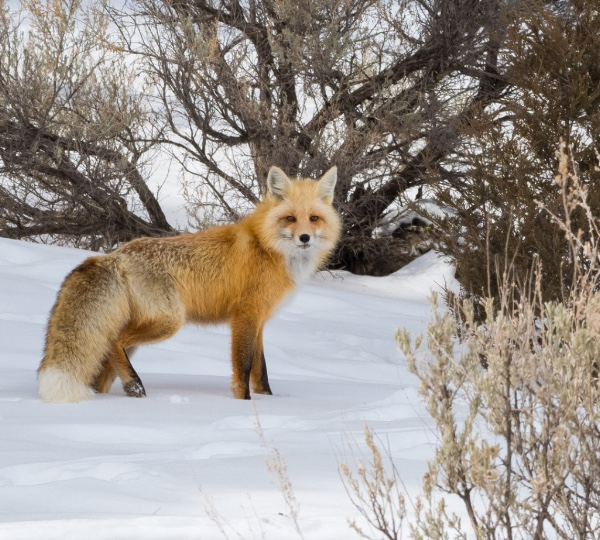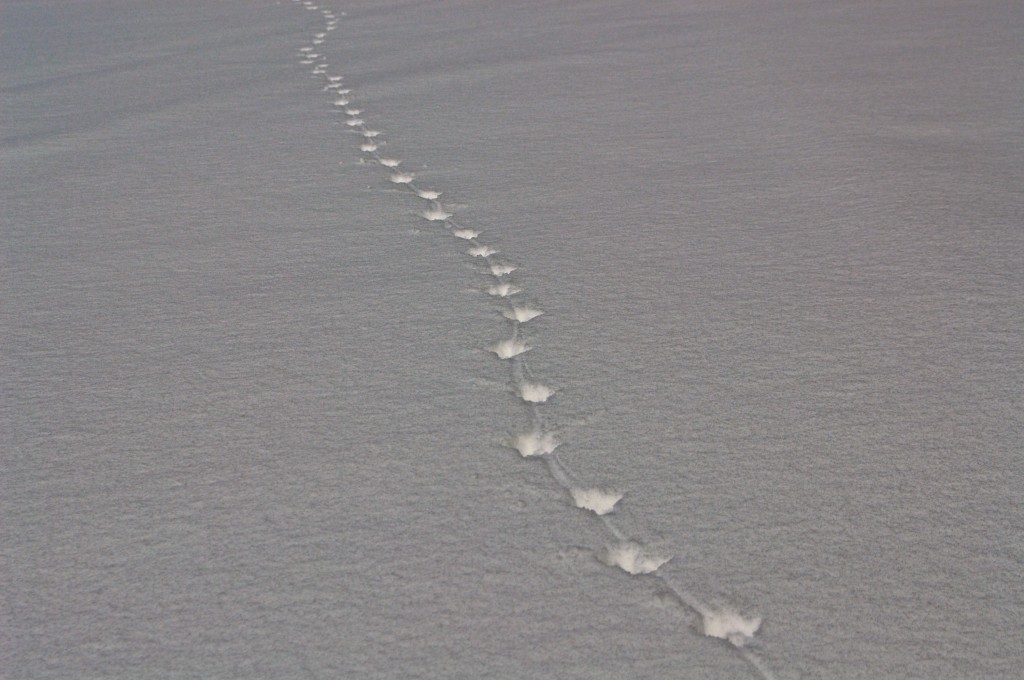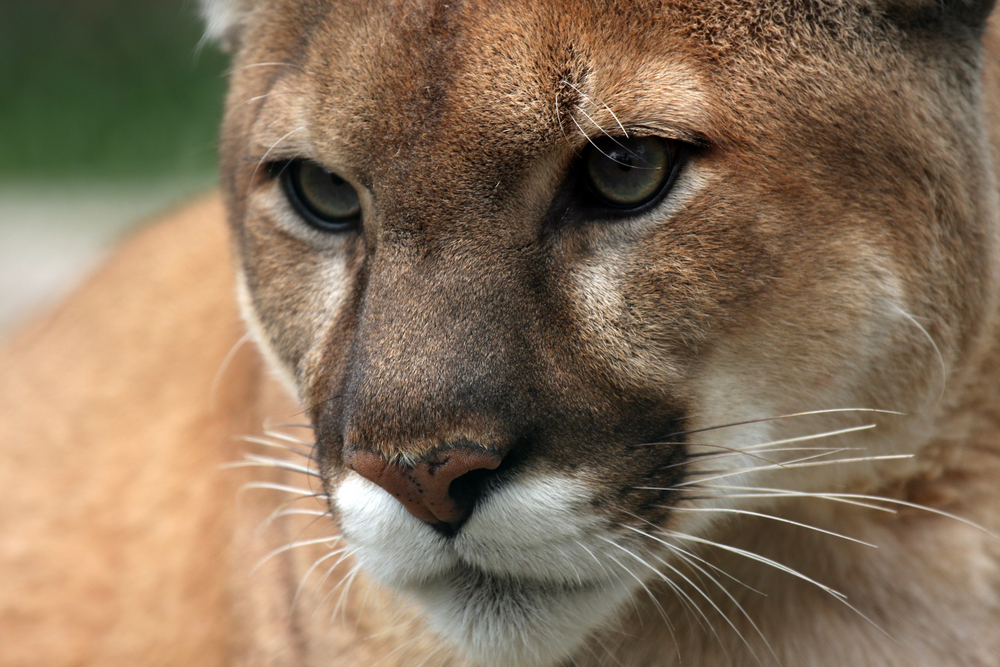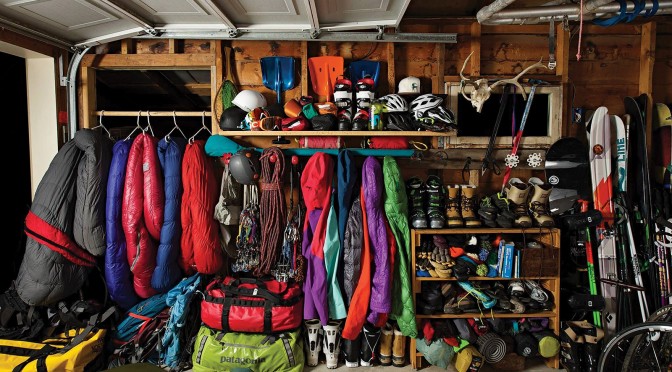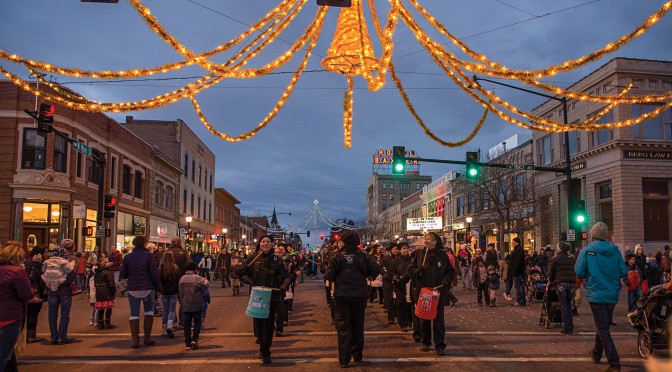by Adam Brown
Congrats, you’ve made it: you now reside among some of the most renowned fishing waters in the world. If you’re new to the sport or the area, the first thing you’ll want to do is grab a copy of the Cast fishing guide. This publication is crammed with everything you need to know about angling in these parts. With a little practice—and plenty of patience—you’ll be hooking into beefy browns and beautiful ’bows in short order. in the meantime, here’s some basic information to get you started.
Where to Go
Gallatin River
The valley’s namesake waterway is a great option, thanks to its abundant public access, proximity to town, and high numbers of fish. The lower stretch holds larger fish and can provide good dry-fly fishing, especially on cloudy days. Farther south, Hwy. 191 follows the river through Gallatin Canyon, where numerous pullouts provide access to the river. The salmonfly hatch can be impressive here.
Lower Madison River
Head west and reach the fish-filled lower Madison in less than 30 minutes. Wade in at any one of the dozens of pullouts and work the shallow river, focusing on channels, pocket-water, and weed beds. This section of river can be tougher for dry flies unless you catch it during a hatch, Mother’s Day Caddis being one of the best. However, nymphing can be productive all year long. Spoons and spinners tend to get hung up on weeds, but careful casts can produce fish.
Hyalite Creek
After you’ve tried some of the staple big waters in the area, it’s time to hit a smaller stream. The road to Hyalite Reservoir follows a creek, and there are many pullouts to access it. Small rainbow trout are plentiful, and a well-presented dry fly—or a small spinner pulled through a pool—will often entice a strike. You may even find a grayling or brookie on the end of the line. For larger fish, head up to the reservoir.
Fairy Lake
Want to give alpine-lake fishing a go? Head up Fairy Lake Road. Once you arrive, dangle some midges or strip a streamer to trick a cuttie on the fly. Spin fishers will do well with the classic spoons and spinners here, too. Patience is key because you’ll likely watch the fish close in on your hook while they consider a strike. You don’t want to set the hook too soon or you’ll pull it right out of their mouths.
Essential Gear
To the novice, the quantity, diversity, and variation—not to mention prices—of fishing gear can be overwhelming. Luckily, you don’t need to fill a whole garage with gear or take out a loan to have fun and catch fish.
For fly fishing, you’ll need a rod, reel, line, leader, and tippet. A nice 9-foot 5-weight should handle everything from lightweight dry flies to heavier streamers. Match it with a 5-weight reel and a WF5 (weight-forward 5-weight) fly line. A 9-foot 5X leader and a range of tippet, from 2X-6X, should accommodate most scenarios. Confused? Don’t worry; it’ll start to make sense once it’s all in your hands.
If you plan to fish in late fall, winter, or early spring, you’ll need waders and wading boots. Be sure to use a wading belt, so your waders don’t fill with water in the event of a slip. Polarized sunglasses are great for spotting fish, and for eye protection from the sun and flying hooks.
Get a small pack or vest for your smaller gear, and organize your flies in a fly box. Other useful additions include nippers, floatant, and forceps for removing hooks.
Spin anglers can keep it simple. A medium-weight rod and reel, 6- or 8-pound test, and few spoons and spinners—you’ll be catching fish in no time.
Catch & Release
On most Bozeman-area waterways, it’s legal—and perfectly ethical—to keep a few fish for supper. However, catch-and-release fishing is the norm around here. But this ethic only works if you do it right, and many people don’t. If you’re going to release your catch, make sure to follow the rules, so it doesn’t go belly-up a few hours (or minutes) later.
- Land your fish as quickly as possible; don’t fight it to exhaustion.
- Use a landing net made of soft, smooth material to reduce the time required to land a fish.
- Wet your hands before handling a fish. Dry fingers damage a fish’s protective slime layer.
- Avoid the gills. Gill filaments are sensitive and easily injured.
- Remove the hook quickly. Use forceps or needle-nose pliers for small or deeply-embedded hooks.
- Keep ’em wet. A wet fish is a happy fish. You can lift it up for a quick photo, but only for a few seconds.
- When you can’t remove a hook quickly or cleanly, cut the line as close to the knot as possible.
- Release with care. Hold the fish upright underwater and allow it to swim away under its own power. If necessary, hold the fish out of the current until it revives.
- Bag the bleeders. Bleeding fish will almost certainly die. If regulations allow, put them in your creel and enjoy an organic, free-range meal.
Etiquette
We all hate it when someone beats us to our favorite fishing hole, but it’s a part of the game and there’s plenty of water for everyone. If it happens to you, take the long way around and hop in the next pool. If you’re wading and think you might be getting too close to someone, you probably are. But busy days on the water are inevitable, and a little courtesy goes a long way. Ask which way a fellow angler is working on the river and go the opposite direction.
Fishing by boat comes with its own set of rules. Number one: don’t dilly-dally at the put-in. Rig up the boat and rods while out of everyone’s way, not in the middle of the boat ramp. Once you get on the water, be aware of everyone else, including wade fishermen. Yield to anyone casting from the bank or wading. If you stop, look upstream before pulling the anchor.
Events
The fishing calendar is full year-round, but certain events are crowd favorites. Below are a few highlights; for more, check out outsidebozeman.com/events.
Ongoing
Fly Tying – various locations. Several shops in the area offer free classes, so you’ll be whipping up woolly buggers in no time. Among others, check out Sweetwater Fly Shop for Tuesday-evening Open Vise Night and Willie’s Distillery in Ennis for Bugs & Bourbon on Wednesdays.
Second Wednesday, Monthly
Madison-Gallatin Trout Unlimited Meetings – Bozeman. Good fishing starts with healthy rivers and healthy trout populations. Learn more about how TU is ensuring both locally. mgtu.org
February
TroutFest Banquet – Bozeman. The Madison-Gallatin chapter of Trout Unlimited hosts its annual fundraiser every February. The local TU chapter is instrumental in fighting for access, keeping rivers clean, and keeping trout healthy. mgtu.org
June
Women’s Fly-Fishing School – Bozeman. If you’re going to learn to fly fish, why not do it with other enthusiastic ladies? Take this three-day course to get set up with all the skills you need to be successful on the water. montanawomensflyfishingschool.com
Beginner Fly Fishing School – Bozeman. Designed for beginner anglers but also great for intermediates, this course delves into essential skills, from casting technique to fly selection. theriversedge.com
August
Gallatin River Clean Up – Bozeman. Help keep our local river clean and clear with Gallatin River Task Force and the Gallatin Watershed Council. gallatinrivertaskforce.org
September
Fly Fishing & Outdoor Festival – Ennis. If you fish, odds are you’ll be spending lots of time in Ennis, about an hour southwest of Bozeman. Celebrate the end of summer with vendors, fly-tying demos, casting clinics, and more. ennischamber.com
Editor’s note: Dates are subject to change based on weather and other factors. For the most updated information, visit outsidebozeman.com/events.

